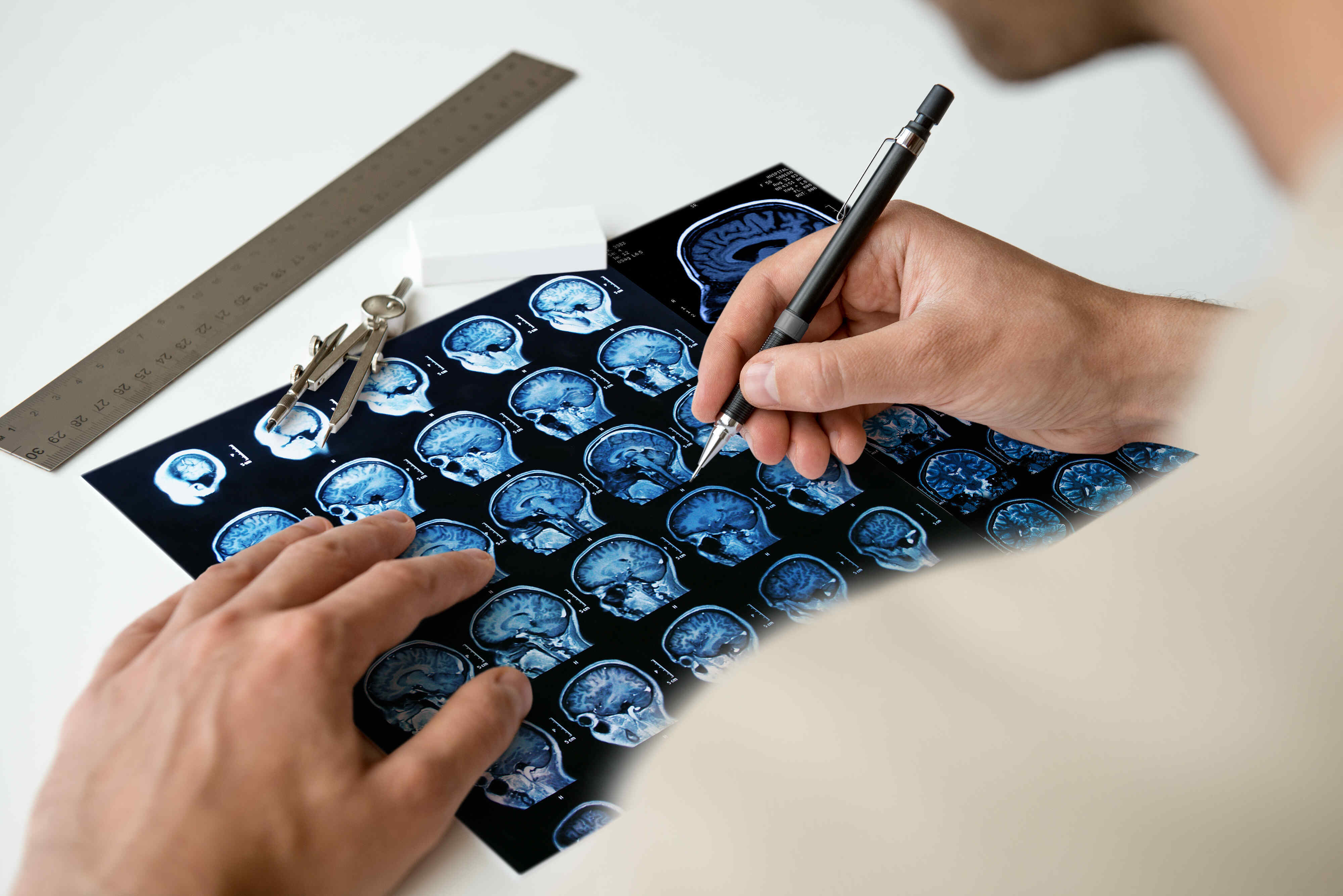
Equistasi® and Multiple Sclerosis
Multiple Sclerosis (MS), also known as plaque sclerosis, disseminated sclerosis, or polysclerosis, is a chronic, demyelinating, autoimmune disease that affects the central nervous system causing a wide spectrum of signs and symptoms.
Important clinical studies show that patients affected by a form of multiple sclerosis treated with Equistasi® as a support to regular medical therapy show progress in walking, during the first step, in the average step length, in the simultaneous double support on the right and on the left, and overall less fatigue to complete these actions. The optimisation of the postural system also affects the patient’s balance, which is also more stable, with the ability of having more room to move (Functional Reach Test).
What is Multiple Sclerosis?
Multiple sclerosis is a demyelinating, neurodegenerative, autoimmune disease that affects the central nervous system with damage and loss of myelin occurring in multiple areas.
There is a lot of clinical and experimental evidence indicating that at the base of MS there is a reaction of the immune system that triggers an attack against myelin and oligodendrocytes, which are the cells that produce it. Although the causes are still partly unknown, multiple sclerosis falls under the category of multifactorial diseases, a set of diseases caused by combined environmental and genetic factors.
The course of the disease is complex and unpredictable, varying from patient to patient, but four main forms of clinical course are generally identified:
RRMS. Relapsing-Remitting Multiple Sclerosis
This is the most frequent clinical form, characterised by acute episodes of illness known as “relapses”, which are resolved in a partial or complete way, known as “remission”. The diagnosis of this clinical form occurs on average between the age of 20 and 30 and presents heterogeneous symptoms: rigidity, spasticity and vision, intestinal and bladder problems.
SPMS. Secondary Progressive Multiple Sclerosis
It develops as the second phase of the disease, evolved directly from the previous form. It is characterised by the passage from the inflammatory condition of RRMS to a more constant and progressive state of disability.
PPMS. Primary Progressive Multiple Sclerosis
It is characterised by the gradual progression of the state of disability from the previous phase, without relapse or periods of remission, in which fewer brain lesions and more spinal cord lesions appear compared to the RRMS phase. Patients affected by this form present moderate-to-serious difficulties in walking and performing daily activities.
PRMS. Progressive-Relapsing Multiple Sclerosis with Relapses
It is the rarest form of Multiple Sclerosis, characterised by a gradual progression of the state of disability and well defined, acute relapse episodes, with little recovery afterwards.
There is no test capable of predicting with absolute certainty and from the first symptoms the long-term course of MS for an individual patient. Regardless of the form of the disease, the life expectancy of the affected individual is comparable to that of the general population.
Who is affected by Multiple Sclerosis?
This disease is more common in female patients, who are affected twice as often as men. The onset generally occurs between the ages of 18 and 45, with a peak of incidence around 30, although childhood and late onset cases have been documented.
Prevalence may vary among countries. Italy holds an average of 50-80 cases/100,000, with marked regional variations (ISS sources).
What are the symptoms of Multiple Sclerosis?
MS can manifest a wide spectrum of motor, neuropsychiatric, and/or cognitive symptoms.
The symptomatology of MS is not homogeneous; it varies according to the part involved, there are motor, neuropsychiatric and/or cognitive deficits. Some of them, however, recur more frequently than others, since the demyelination areas are distributed in preferential locations.
The characteristic symptoms of Multiple Sclerosis can be summarised as follows:
Fatigue and general soreness
Sensory disorders
Vision disorders
Sexual and bladder disorders
Spasticity and intestinal disorders
Cognitive and language disorders
Coordination and movement disorders, tremor and ataxia
Depression
Swallowing disorders (less common)
Respiratory problems (less common)
Headache (less common)
Hearing loss (less common)
Epilepsy (less common)
These effects may appear in isolation or association, may manifest themselves with great individual variability and reach their high point in a few hours or days.
Equistasi® and the rehabilitation of Multiple Sclerosis patients
Important clinical studies show that patients affected by a form of Multiple Sclerosis treated with Equistasi® alongside regular medical therapy show progress in walking, during the first step, in the average step length, in the simultaneous double support on the right and on the left, and overall less fatigue to complete these actions. The optimisation of the postural system also affects the patient's balance, which is also more stable, with the ability of having more room to move (Functional Reach Test).
These results also suggest that beneficial and positive effects are linked to the use of Equistasi; however, the earlier it is applied the better its results will be.
Consult all publications and clinical studies on this topic, in the dedicated section.